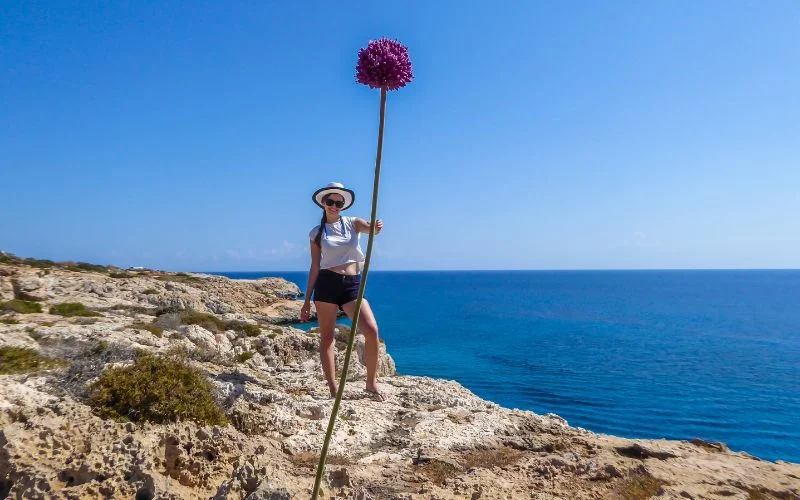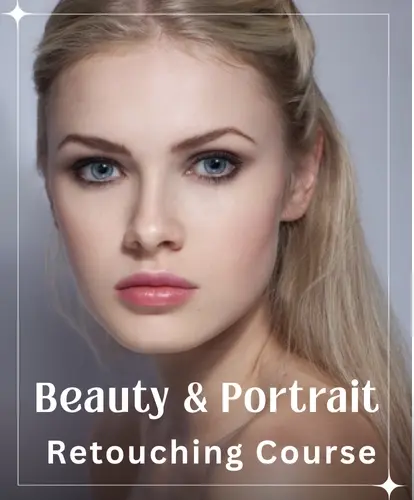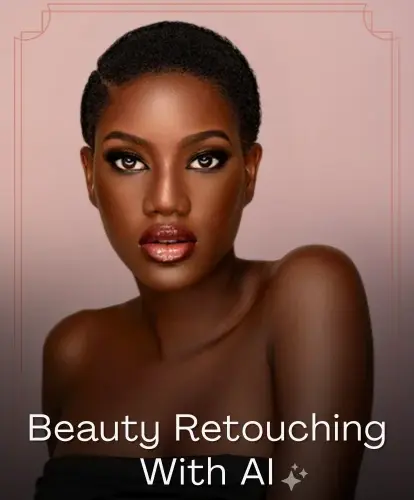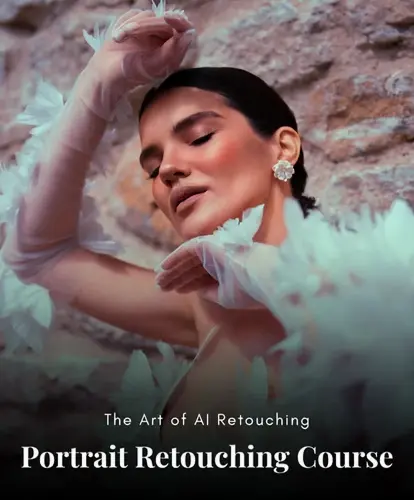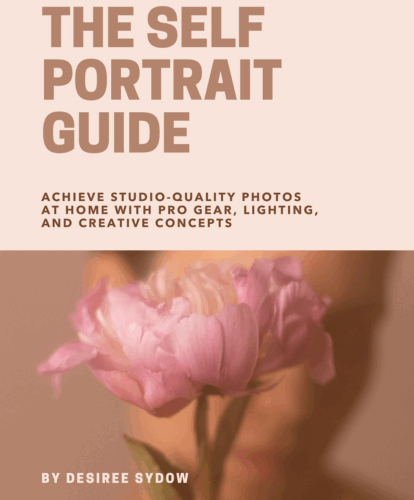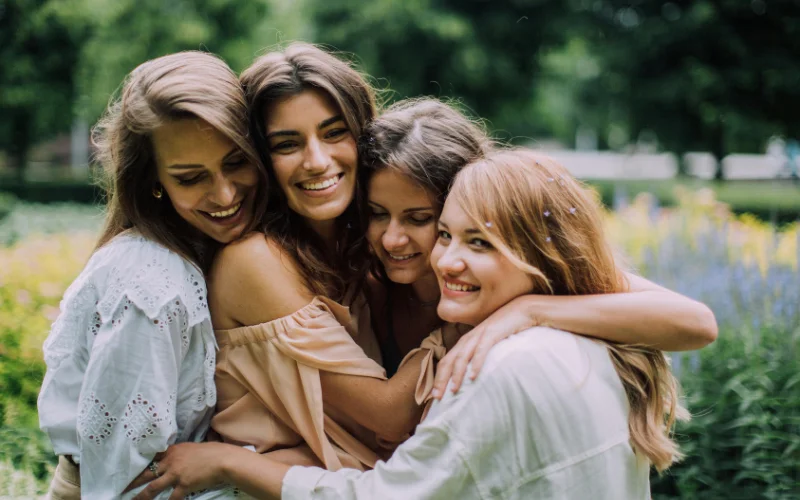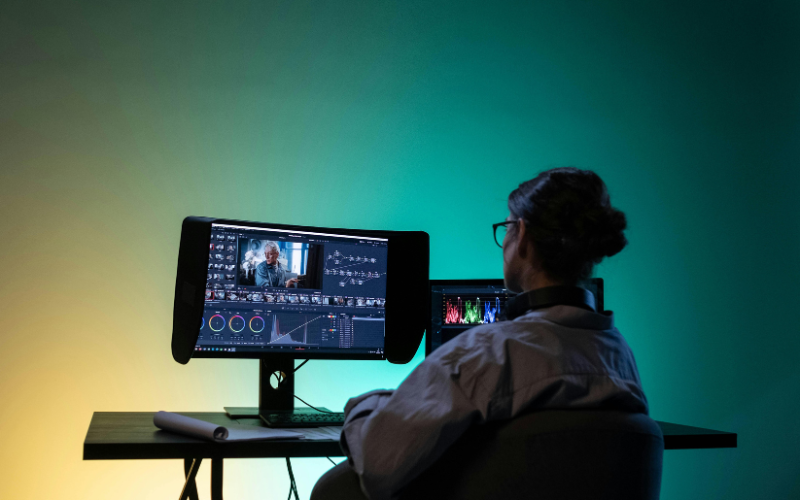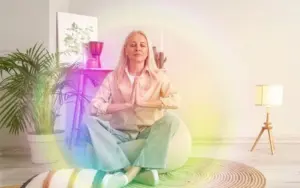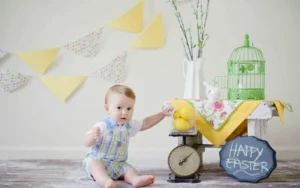Have you ever seen a photo that made you do a double-take? That’s the power of illusion photography! It’s a fascinating blend of art and visual trickery that captivates the imagination. In this blog, we’ll explore the meaning and types of illusion photography and tips to help you create your own magical images. Let’s dive in!
Table of contents
Meaning Of Illusion Photography
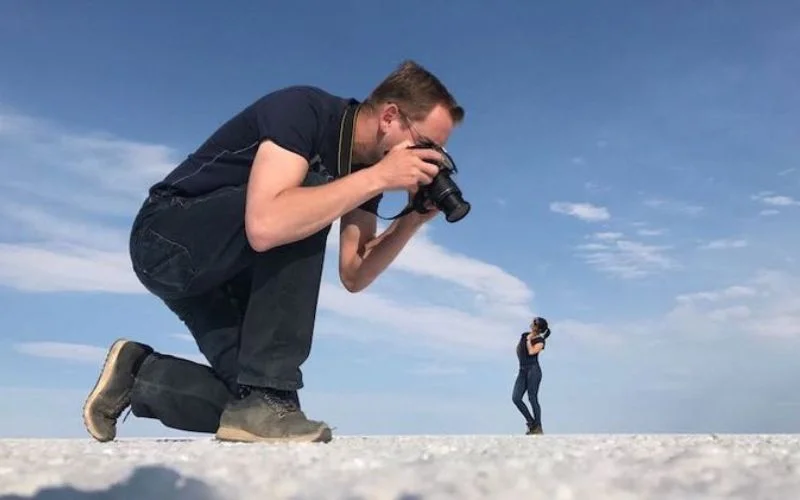
Illusion photography is a fascinating art form that focuses on creating images that trick the eye and challenge our perception of reality. At its core, it uses various techniques to make objects appear different from what they are, like making a small item look enormous or blending two images into one seamless shot.
This style of photography encourages experimentation and pushes the boundaries of traditional photography, allowing artists to play with light, composition, and imagination. Illusion photography invites photographers and audiences to see the world in new ways, revealing how our perceptions can be altered with creativity and skill. Whether you’re a seasoned photographer or a curious beginner, exploring illusion photography can be a fun and rewarding journey into the magical realm of visual storytelling!
You might also like: Perfectly Timed Pictures That Will Make You Look Twice
Optical Illusion & Perspective: What Is The Difference?
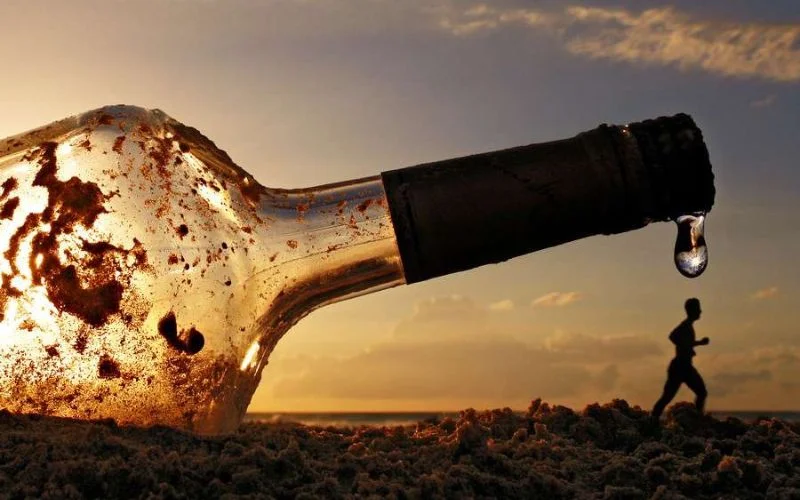
When it comes to photography and art, the terms “optical illusion” and “perspective” often pop up. While they might seem similar, they represent different concepts that can enhance your creative work. Let’s break down the differences in simple terms!
What Is An Optical Illusion?
An optical illusion is a trick that our eyes and brain play on us. It’s when an image appears to be something other than what it is, making us see things differently than they are. For example, you might see a picture where lines look crooked even though they are straight or where two objects of the same size appear different due to their surroundings.
These illusions can be fun and fascinating, creating a sense of surprise and wonder. Artists and photographers use optical illusions to captivate viewers and make them think twice about what they see.
You might also like: A Beginner’s Guide to the Indispensable Exposure Triangle
What Is Perspective?
On the other hand, perspective is how we perceive depth and space in a two-dimensional image. It refers to the technique of representing three-dimensional objects on a flat surface. There are various types of perspective, such as linear perspective, where parallel lines appear to converge in the distance, creating a sense of depth.
For instance, consider how a long road or railway track seems to narrow as it stretches into the horizon. This technique helps create a more realistic image, giving viewers the feeling of being part of the scene.
Types Of Illusions In Photography
Forced Perspective

One of the most popular techniques in optical illusion photography is forced perspective. This technique makes objects appear larger or smaller than they are, depending on their placement in the frame.
For example, you might have a friend holding a tiny object in the foreground while standing far away, making it look enormous. To try this, play around with angles and distances until you get the perfect shot!
You might also like: Insightful Tips To Master The Art of Form Photography
Reflections
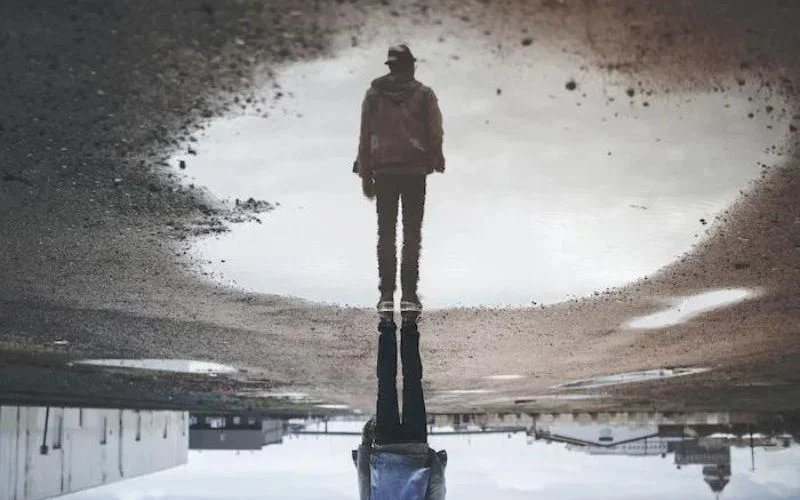
Reflections can add an enchanting layer to your photographs. Whether using water, glass, or mirrors, reflections can create depth and intrigue.
Imagine capturing a beautiful sunset reflected on a calm lake—a stunning result! Try experimenting with different surfaces and angles to discover unique reflection shots.
Double Exposure
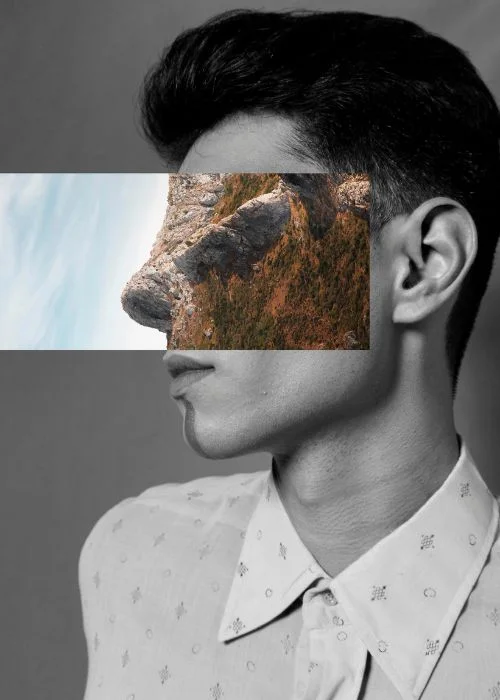
Double exposure is a creative way to blend two images into one, resulting in a surreal effect. It’s like telling a story within a single frame.
You can achieve this by layering images during shooting or using editing software. Start with simple subjects, and don’t be afraid to get creative with your combinations!
Also, check out How Big Is A 4×6 Photo
Trompe-l’œil
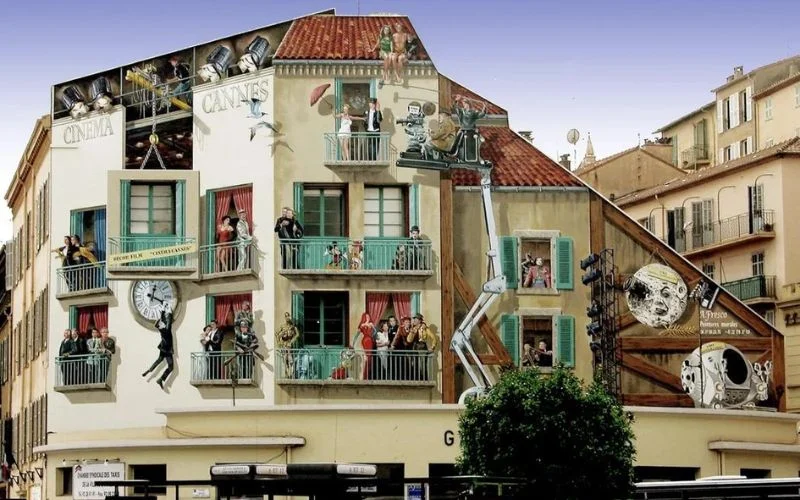
Trompe-l’œil is a fancy term for “deceive the eye.” It involves creating realistic images that trick the viewer into believing they are three-dimensional.
This technique can be seen in street art, murals, and photography. Look for everyday scenes and objects to capture in ways that surprise your viewers.
You might also like: Best Photography Portfolio Websites to Showcase Your Work
The Role Of Lighting & Composition
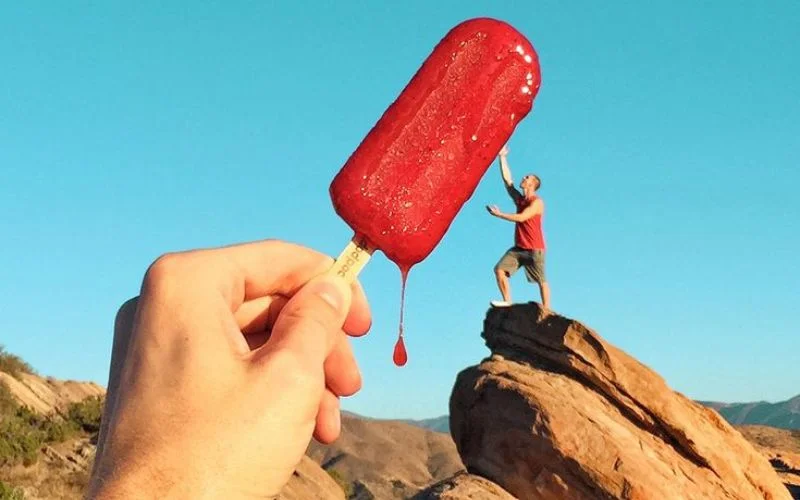
Lighting and composition are vital players in illusion photography. The proper lighting can enhance or distort an image, creating a different feel. For example, dramatic shadows add mystery, while soft light creates a dreamlike effect.
Also, think about your composition. Experimenting with different angles can significantly affect how your subject is perceived.
Illusion Photography Tricks & Tips
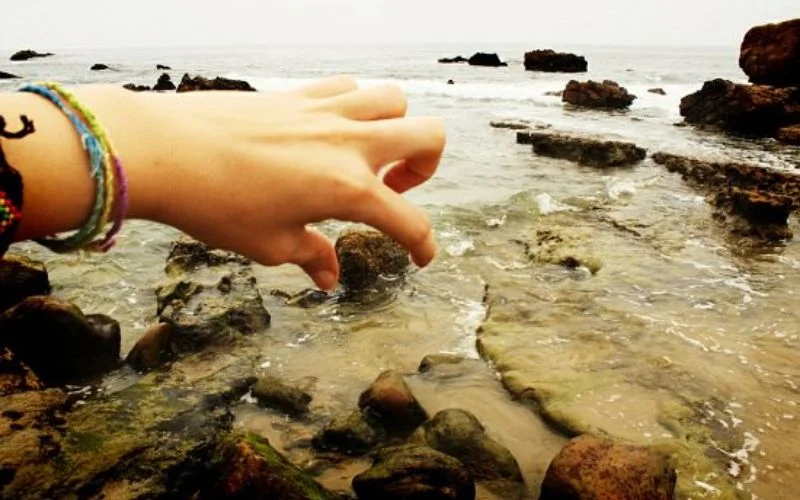
Creating illusion photography is all about experimenting and letting your imagination run wild. Here are some tips to get you started:
- Think Outside The Box: Challenge yourself to see everyday objects in new ways. What illusions can you create with what you have around you?
- Plan Your Shots: Consider your composition and lighting before snapping a photo. A little planning can go a longqq way in achieving your desired effect.
- Have Patience: Not every shot will be perfect on the first try. Don’t be discouraged! Keep practicing, and you’ll improve over time.
- Get Creative With Editing: Post-processing is a powerful tool for enhancing visual illusion photography. Editing software like Photoshop or Lightroom can adjust colors, blend images, and add effects.
- Find Unique Locations: The environment plays a significant role in creating illusions. Look for exciting locations with unique features. Urban settings, nature, or even your backyard can inspire creative ideas. Pay attention to your surroundings, and consider how to use them to enhance your illusions.
- Practice, Practice, Practice: Like any skill, practice makes perfect. Keep experimenting with different techniques, locations, and editing styles. The more you shoot, the better you’ll become at creating stunning illusions. Don’t get discouraged if things don’t turn out perfectly initially—just keep trying!
Fantastic Photography Illusion Art Examples
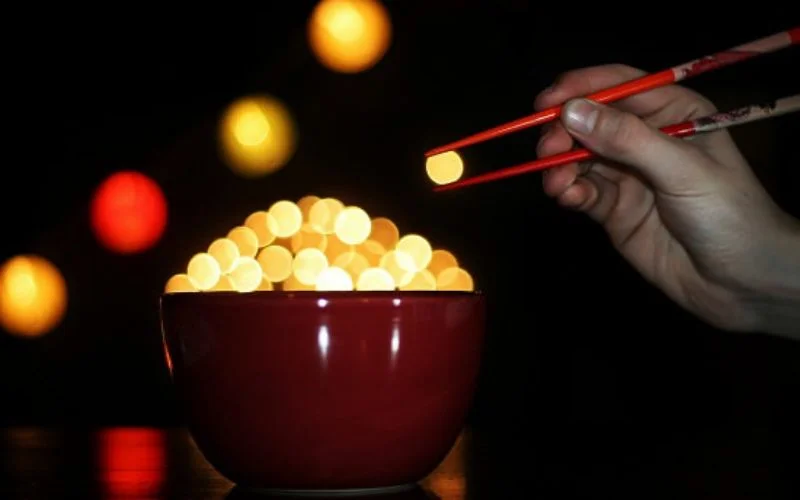
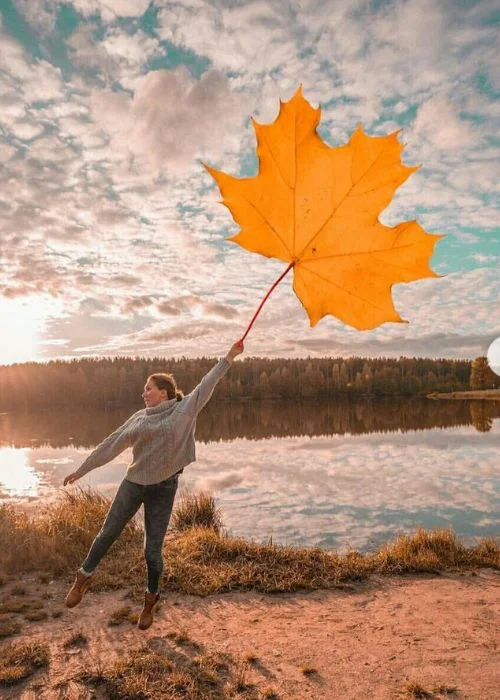
You might also like: Insider Tips to Master Conference Photography Like a Pro
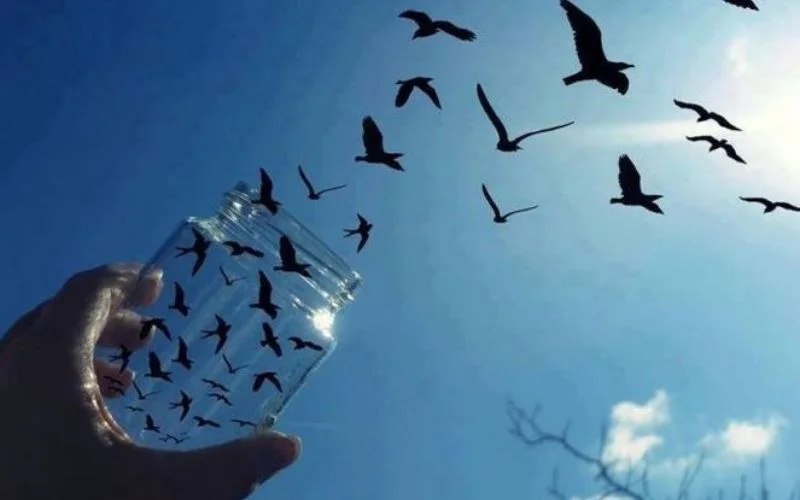
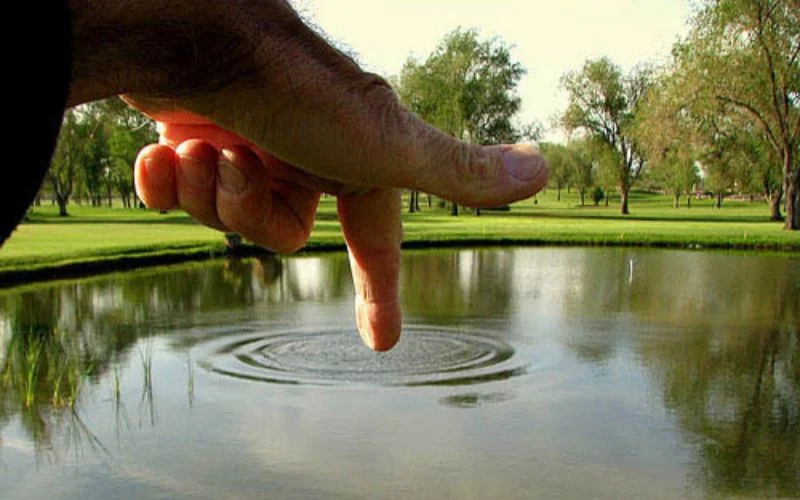
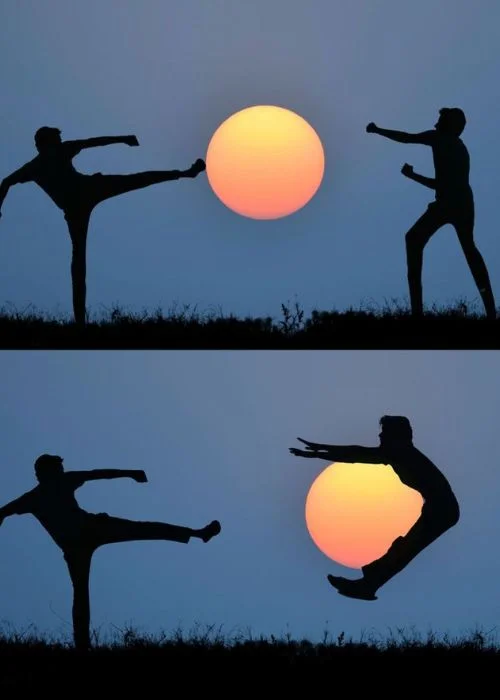
You might also like: Levitation Photography Ideas For Mind-Blowing Results

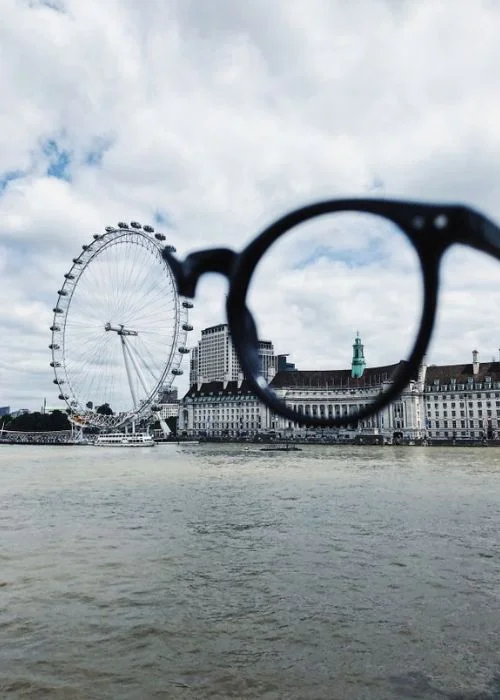
You might also like: Weird Stock Photos To Give You The Unnatural Feeling
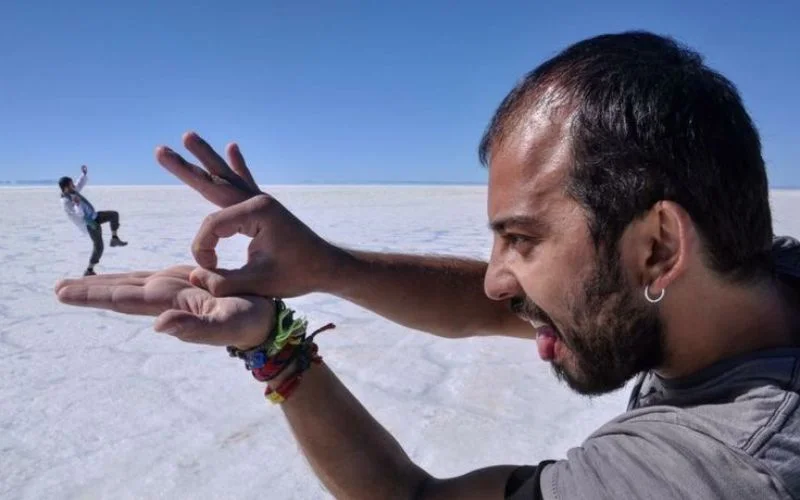
In Conclusion
Illusion photography is a captivating world that invites you to explore your creativity. You can create stunning images that intrigue and amaze your audience by experimenting with different techniques and perspectives. So grab your camera, unleash your imagination, and start capturing the magic of illusion photography!
Like this post? Check out more fantastic photography content here.
